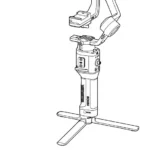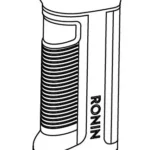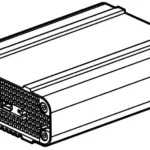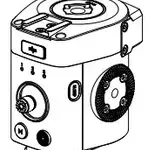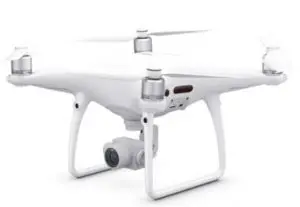
dji PHANTOM 4 Pro V2.0 User Guide
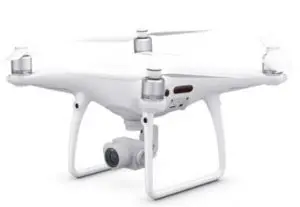
Phantom 4 Pro+ V2.0
The DJI PHANTOM 4 Pro+ V2.0 is a smart prosumer flying camera capable of shooting 4K video at 60 fps and at up to 100 Mbps, and capturing 20 megapixel stills. 4 directions of obstacle avoidance allow it to intelligently avoid obstacles during flight. Using TapFly and Active Track through the DJI GO 4 app, you can fly anywhere visible on your screen or track a moving subject smoothly and easily with a simple tap. The camera uses a 1-inch CMOS sensor offering unprecedented clarity, lower noise, and better quality images.
In addition to the above features, improved propulsion system efficiency means aircraft noise is 4dB (60%) lower than on the Phantom 4 Pro+ V2.0.
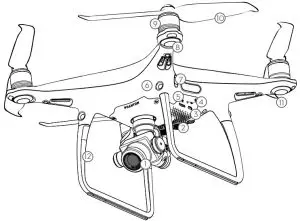
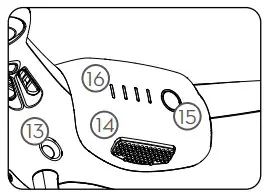
- Gimbal and Camera
- Downward Vision System
- Micro USB Port
- Camera/Linking Status Indicator and Link Button
- Camera Micro SD Card Slot
- Forward Vision System
- Infrared Sensing System
- Front LEDs
- Motors
- Propellers
- Aircraft Status Indicators
- Antennas
- Rear Vision System
- Intelligent Flight Battery
- Power Button
- Battery Level Indicators
* The Vision and Infrared Sensing Systems are affected by surrounding conditions. Read the Disclaimer and Safety Guidelines and watch the tutorials in the DJI GO 4 app or on the official DJI website to learn more. http://www.dji.com/phantom-4-pro-v2.
Remote Controller
The powerful remote controller of the Phantom 4 Pro+ V2.0 has a transmission range extending up to 5 mi (8 km)*. It features physical buttons and dials to control exposure, camera tilt, photo capture, and video recording. Built into the remote controller is DJI’s latest long-range transmission technology OCUSYNC, providing a live HD view from the Phantom’s camera directly on the display. Dual frequency support makes the HD video downlink more stable.
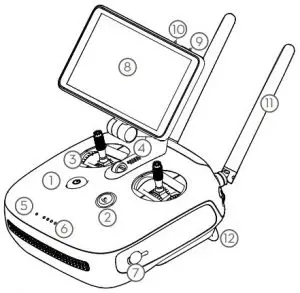
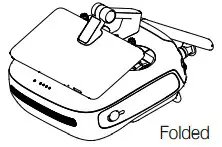

- 1. Power Button
- Return-to-Home (RTH) Button
- Control Sticks
- Speaker
- Status LED
- Battery Level LEDs
- Power Port
- Display Screen
- Sleep/Wake Button
- Microphone
- Antennas
- Handle Bar
- Gimbal Dial
- Camera Settings Dial
- Record Button
- Flight Mode Switch
- Shutter Button
- Intelligent Flight Pause
- C1 and C2 Buttons (customizable)
- Micro USB Port
- HDMI Port
- Micro SD Card Slot
- USB Port
The default flight control is known as Mode 2. The left stick controls the aircraft’s altitude and heading, while the right stick controls its forward, backward, left and right movements. The gimbal dial controls the camera’s tilt.
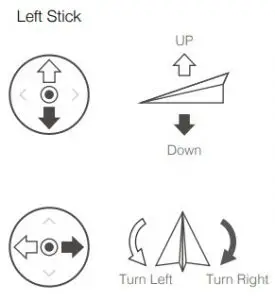
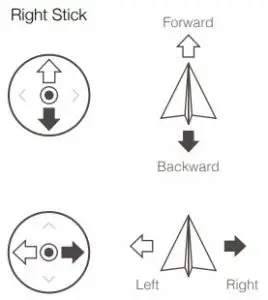
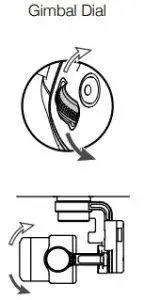
* The remote controller is able to reach its maximum transmission distance (FCC) in a wide open area with no Electromagnetic Interference, and at an altitude of about 400 feet (120 meters).
Using Phantom 4 Pro+ V2.0
- Watch the Tutorial Videos
Watch the tutorial videos at www.dji.com or in the DJI GO 4 app.
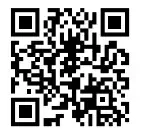
Tutorial Video - Check the Battery Levels
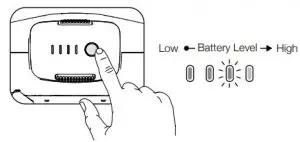
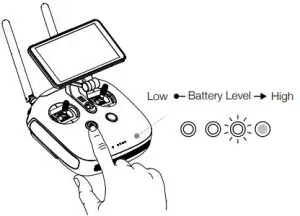
Press once to check the battery level. Press once, then again and hold to turn on/off. - Charge the Batteries

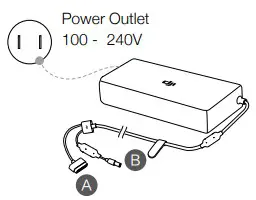
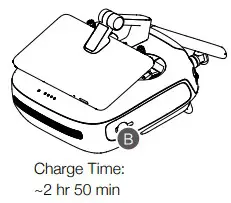
 When charging is complete, the battery level indicators will automatically turn off.
When charging is complete, the battery level indicators will automatically turn off. - Prepare the Remote Controller

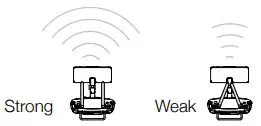
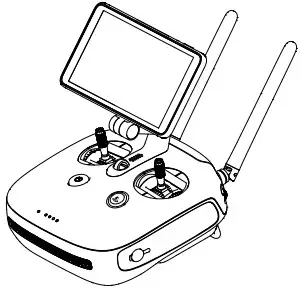
- Prepare for Takeoff

 First-time activation requires your DJI account and internet connection.
First-time activation requires your DJI account and internet connection.
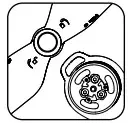
Black propeller rings go on motors with black dots.
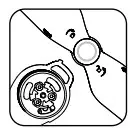
Silver propeller rings go on motors without black dots.
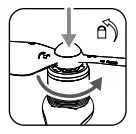
Press the propeller down onto the mounting plate and rotate in the lock direction until secure.
until secure.
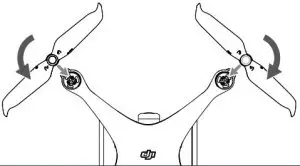
 Check that the propellers are secure before each flight.
Check that the propellers are secure before each flight. - Flight
Ready to Go (GPS)
Before taking off, make sure the Aircraft Status Bar in the DJI GO 4 app indicates `Ready to Go (GPS)’ or `Ready to Go (Vision)’ if flying indoors.
In the DJI GO 4 App:
Auto Takeoff The aircraft will take off and hover at an altitude of 4 feet (1.2 meters).

Auto Landing
The aircraft will land vertically and stop its motors.

Return-to-Home (RTH)
Bring the aircraft back to the Home Point. Tap again to stop the procedure.

Normal
You are in control of the Phantom, with satellite and Return-to-Home support.

TapFly
Tap on your screen to fly your Phantom in that direction, avoiding obstacles as it flies.

ActiveTrack
Mark an object on your screen to track it as it moves.

 Watch the tutorial in the DJI GO 4 app or on the official DJI website to learn more.
Watch the tutorial in the DJI GO 4 app or on the official DJI website to learn more.- Always set an appropriate RTH altitude before takeoff. When the aircraft is returning to the Home Point, you should
guide it with the control sticks. Refer to the Disclaimer and Safety Guidelines for more details.
Manual Takeoff

Manual Landing

Left stick down (slowly) until you touch the ground. Hold a few seconds to stop the motors.
 Rotating propellers can be dangerous. Do not start the motors when there are people nearby.
Rotating propellers can be dangerous. Do not start the motors when there are people nearby.- Always keep your hands on the remote controller so long as the motor is still spinning.
- Stop motor mid-flight: Pull the left stick to the bottom inside corner while simultaneously pressing the RTH button. Only stop motors mid-flight in emergency situations when doing so can reduce the risk of damage or injury. Refer to the user manual for details.
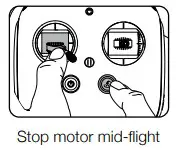
 It’s important to understand basic flight guidelines, for the safety of both and those around you. Don’t forget to read the Disclaimer and Safety Guidelines.
It’s important to understand basic flight guidelines, for the safety of both and those around you. Don’t forget to read the Disclaimer and Safety Guidelines.
Specifications
| Aircraft | |
| Weight (Battery & Propellers Included) | 1375 g |
| Max Ascent Speed | S-mode: 6m/s; P-mode: 5 m/s |
| Max Descent Speed | S-mode: 4m/s; P-mode: 3m/s |
| Max Speed | 45 mph (72 kph) (S-mode); 36mph (58 kph) (A-mode); 31 mph (50 kph) (P-mode) |
| Max Service Celling Above sea level | 19685 ft (6000 m) |
| Max Flight Time | Approx 30 Minutes |
| Operating Temperature | 32o to 104o F (0o to 40oC) |
| GNSS | GPS + GLONASS |
| Operating Frequency | 2.400-2.483 GHz and 5.725-5.850 GHZ |
| Transmitter Power (EIRP) | 2.4 GHZ: <26 dBm (FCC); <20 dBm (CE); <20 dBm (SRRC)
5.8 GHZ: <26 dBm (FCC); <14 dBm (CE) <26 dBm (SRRC) |
| Hoever Accuracy Range | Vertical + 0.1 m (with vision positioning); 0.5 m (with GPS Positioning) Horizontal: +0.3 m (with vision positioning) +1.5 m (with GPS Positioning). |
| Gimbal | |
| Controllable Range | Pitch -90o to + 30o |
| Vision System | |
| Velocity Range | <31 mph (50 kph) at 6.6 ft (2m) above ground |
| Altitude Range | 0-33 ft (0-10 m) |
| Operating Range | 0-33 ft (0-10 m) |
| Obstacle Sensory Range | 2-98 ft (0.7-30 m) |
| Operating Environment | Surfaces with clear patterns and adequate lighting (> 15 lux) |
| Infrared Sensing System | |
| Obstacle sensory Range | 0.6-23 ft (0.2-7m) |
| Operating Environment | Surface with diffuse reflection material and reflective >8% (such as wall, trees, humans etc( |
| Camera | |
| Sensor | 1” CMOS, Effective pixels: 20m |
| Lens | FOV (Field of View) 84”, 8.8mm (35 mm format equivalent: 24mm) f2.8-f/11 auto focus at 1 m video 100-3200 (Auto) 100-6400 (Manual) Photo 100-3200 (Auto); 100-12800 (Manual) |
| ISO Range | Video: 100-3200 (Auto); 100-6400 (Manual) Photo 100-3200 (Auto) 100-12800 (Manual) |
| Mechanical Shutter | 8-1/2000 s |
| Electronic Shutter | 8-1/8000 s |
| Max Image size | 3.2 Aspect Ratio: 5472 x 3648 Aspect Ratio 4864 x 3648; 16.9 Aspect Ratio 5472 x 30 .78 |
| Still Photography modes | Single Shot |
| Video Recording Modes | H265 |
| Video Storage Bitrate | 100 Mbps |
| Supported File Systems | FAT32 |
| Photo | JPEG, RAW |
| Video | MP4/MOV |
| Supported SD Cards | Mixro SD Max Capacity |
| Remote Controller | |
| Operating Frequency | 2.400-2.483 GHZ and 5.725, 5.850 GHZ |
| Battery | 6000 mAh Lipo |
| Operating Voltage | 1.2A @ 7.4 V |
| Charger | |
| Voltage | 17.4 V |
| Rated Power | 100 W |
| Intelligent Flight Battery (PH4-5870 mAh-15.2V) | |
| Capacity | 5870 mAh |
| Voltage | 15.2 v |
| Battery Type | Lipo 4S |
| Energy | 89.2 wh |
| Net weight | 468 g |
| Max Charging Power | 100 W |
For More Information, read the user Manual:
http://www.dji.com/phantom-4-prov.v2.
